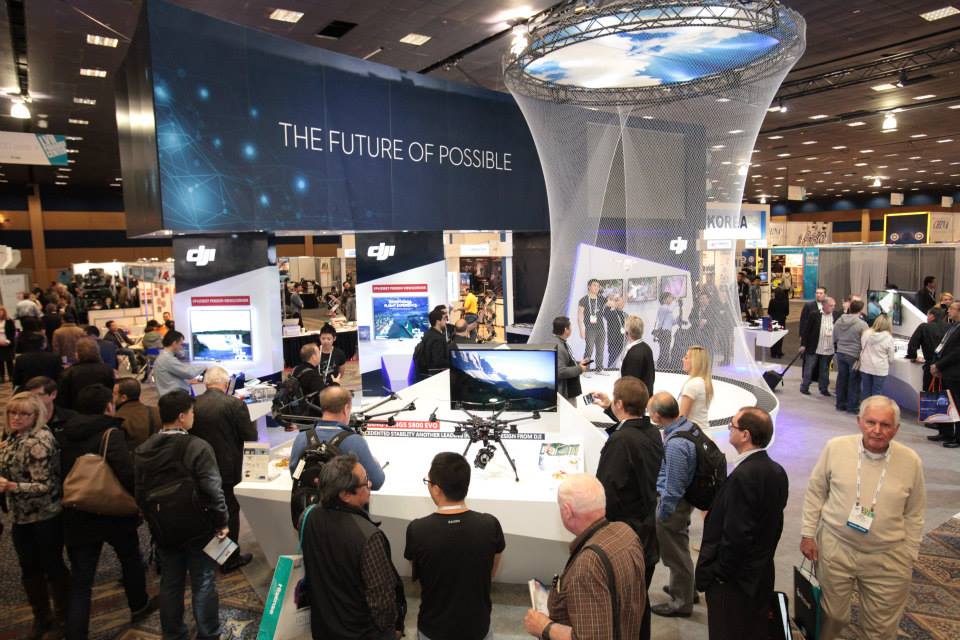Rhinoplasty
Before undergoing rhinoplasty, you must undergo a comprehensive physical examination with laboratory tests. The doctor will also examine your facial features to determine the changes that are needed. He will also examine the breathing passages to determine if a rhinoplasty will have an impact on them. The doctor will also explain the possible risks associated with rhinoplasty.
Rhinoplasty İs Performed Using A Closed Procedure Or An Open Procedure
One major difference between rhinoplasty performed using a closed procedure and an open procedure is the type of incisions made. The former results in less visible scarring, and bruising and swelling are rare. In addition, patients who undergo a closed procedure can expect recovery times of two to four days.
In order to determine whether a closed or open procedure is best for your needs, your doctor will first perform a thorough physical examination. This will include laboratory tests and a facial examination. This will help your doctor determine whether there are any structural issues with your nose that may affect the outcome of the surgery. Additionally, the doctor will discuss the effect of rhinoplasty on your breathing.
Open rhinoplasty is more complex, requiring the addition of cartilage and a greater amount of manipulation of the shape of the nose. In addition, the open approach reduces the risk of a columellar scar, and allows the surgeon to see individual nasal components in their natural alignment. An open approach allows for an even greater range of aesthetic options, including modifying a nasal hump, straightening the nose, and refining the tip of a nose. There are also several other reasons to undergo rhinoplasty, including reducing nasal asymmetry, restoring a broken nose, or changing a crooked appearance. Certain maneuvers can also improve breathing.
In general, an open rhinoplasty is the better choice for most patients. Although it requires a small columellar incision, the scar will eventually disappear. In addition, open rhinoplasty requires a longer recovery period, but it is more likely to yield better results.

Nasolabial Flap Design
A nasolabial flap is a surgical technique that is performed on the nose to alter the shape. The flap design has two lobes. The primary lobe extends between the defect and the cheek, and is slightly larger than the defect itself. The flap’s primary lobe is positioned so that the flap is approximately 30% larger than the defect. It is then raised and positioned in a midline or supraperiosteal/perichondrial plane. Surgical incisions are made through the entire thickness of skin, and the flap is positioned to provide the desired breadth. The flap is then elevated, and the margins are cut so that it can be moved properly.
A regional flap can be a single surgery, or it can be divided into two procedures. The two surgeries are spaced three or four weeks apart. The procedure takes about 45 minutes to complete. It can be performed with local anesthesia, or with general anesthesia and intravenous sedation. During the procedure, the patient is in a supine position with their head in midline. The surgeon elevates the flap, with care, to mid-cheek. He performs a distal extension of the flap and hemostasis. The flap is then shaped to be smaller than the defect, and contoured.
After the flap is placed into place, the postoperative results are assessed. Postoperative photographs and clinical examinations are used to evaluate the outcome. The esthetic appearance of the flap reconstruction is assessed, as is patient satisfaction, and the presence of any complications. The patients are then asked to rate their satisfaction on a scale of one to four.








